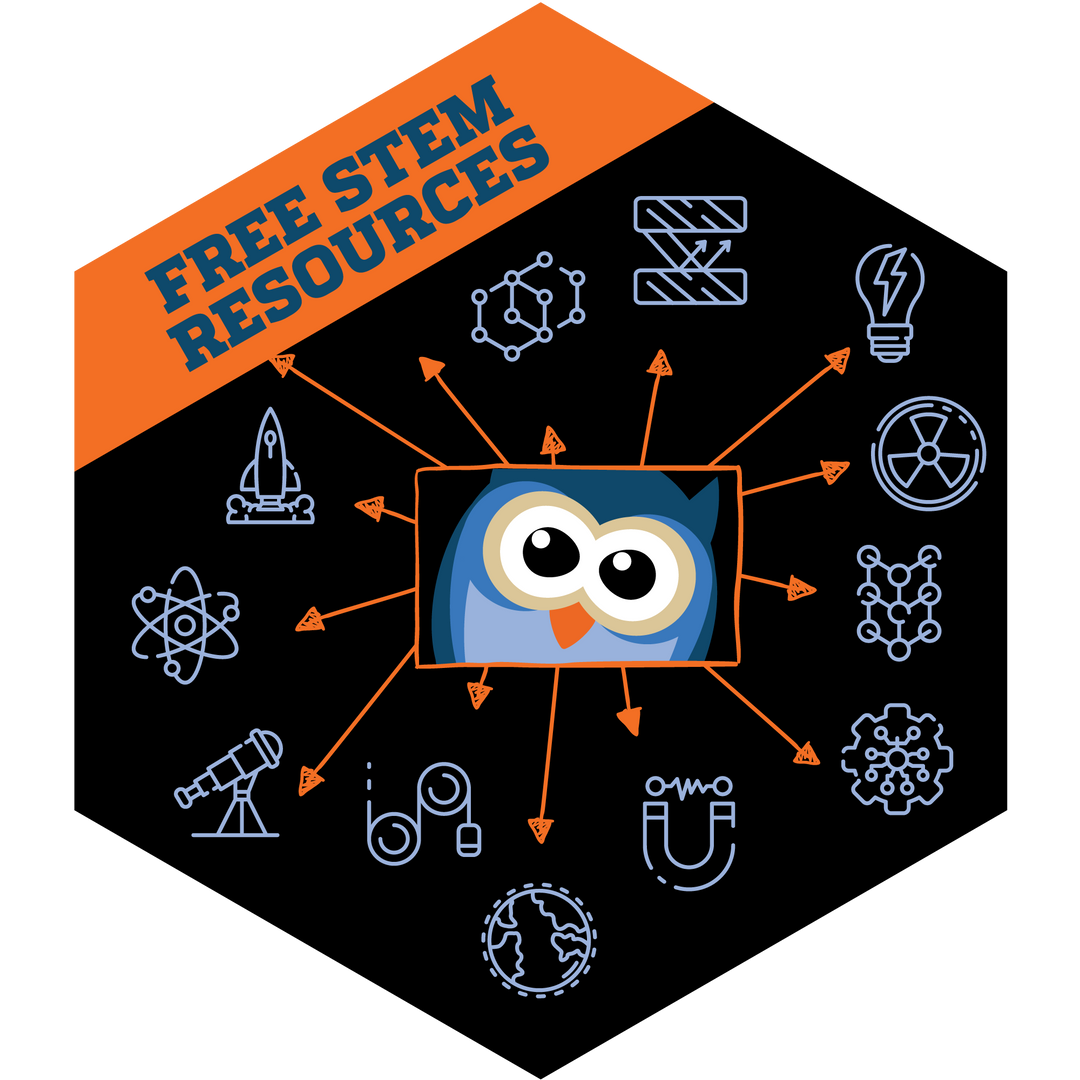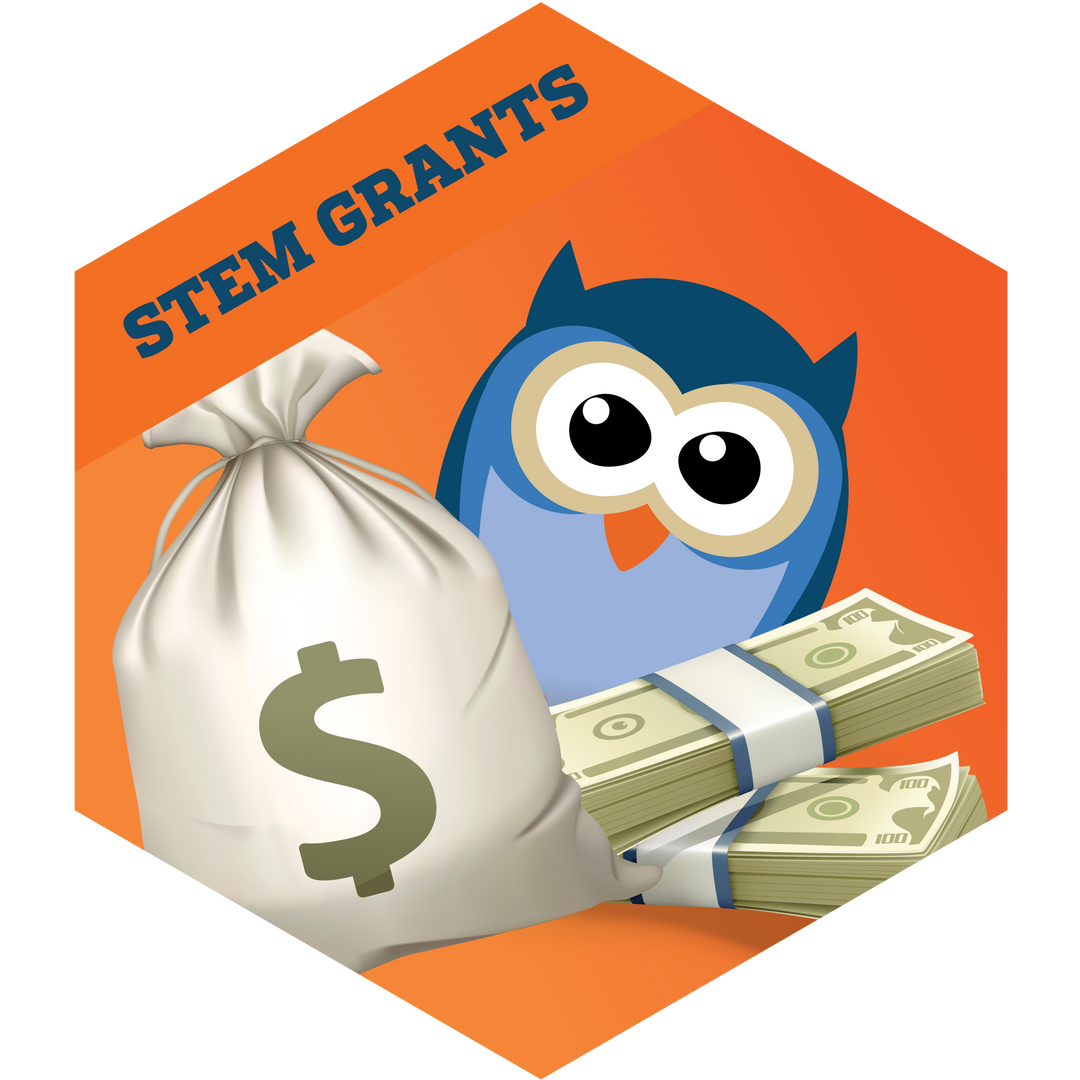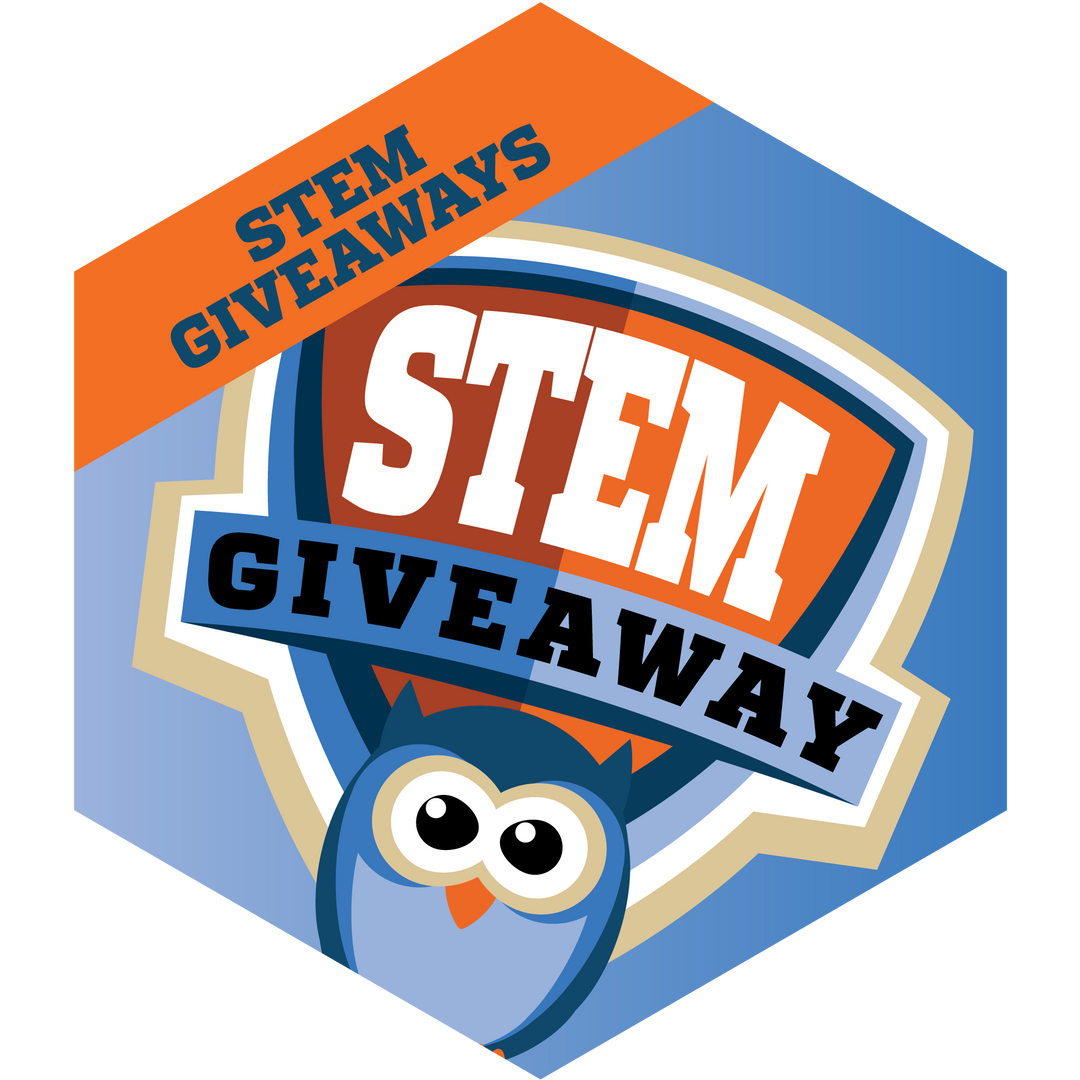Student STEM Competitions - Junior Science and Humanities Symposium (jshs.org)
Who Is JSHS?
The Junior Science and Humanities Symposium (JSHS) Program is a Tri-Service – U.S. Army, U.S. Navy and Marine Corps, and U.S. Air Force and Space Force – sponsored STEM competition which promotes original research and experimentation in the sciences, technology, engineering, and mathematics (STEM) at the high school level and publicly recognizes students for outstanding achievement. By connecting talented students, their teachers, and research professionals at affiliated symposia and by rewarding research excellence, JSHS aims to widen the pool of trained talent prepared to conduct research and development vital to our nation.
JSHS regional and national symposia are held during the academic year and reach more than 8,000 high school students and teachers throughout the United States, Puerto Rico, and the Department of Defense Schools of Europe and the Pacific. Students must first participate in their regional symposium where they compete for selection to present at the national symposium each year. Registering to participate in a regional JSHS event is of no cost to the student.
The JSHS Mission
- To promote research and experimentation in science, technology, engineering, and mathematics (STEM) at the high school level.
- To recognize the significance of research in human affairs and the importance of humane and ethical principles in the application of research results.
- To search out talented youth and their teachers, recognize their accomplishments at symposia, and encourage their continued interest and participation in the sciences, technology, mathematics, and engineering.
- To expand the horizons of research-oriented students by exposing them to opportunities in the academic, industrial, and governmental communities.
- To increase the research and development capabilities of the future U.S. workforce.



